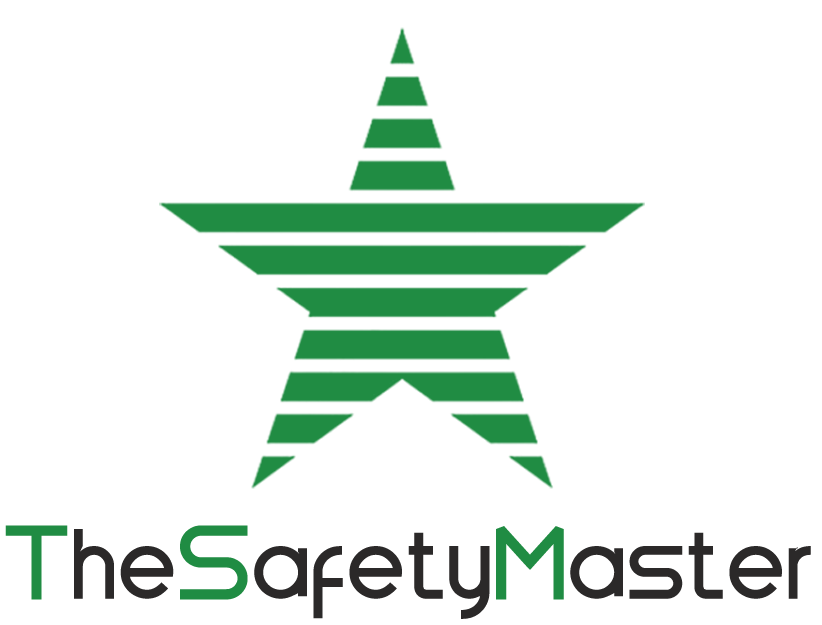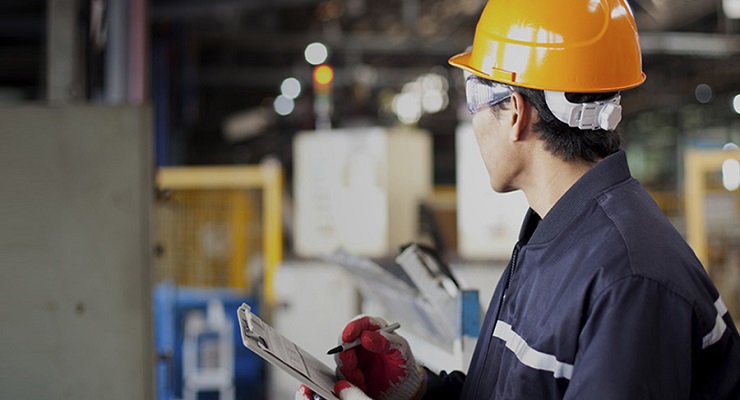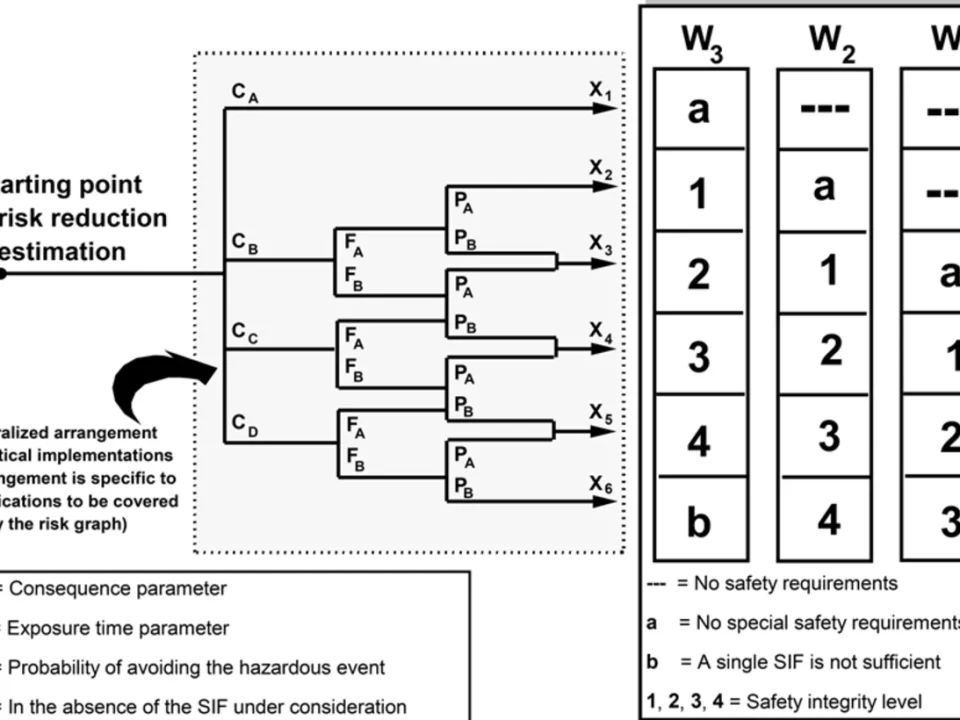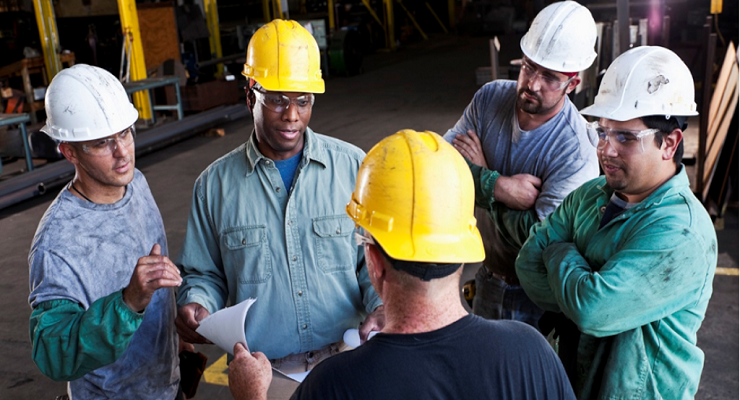What Is a Safety Audit? Meaning, Definition, Reports, and Health & Safety Insights

Fire Protection Engineering: Understanding Hydraulic Calculations
December 10, 2024
The Role of Cybersecurity in LOPA: Protecting Critical Infrastructure in the Digital Age
December 24, 2024Safety audits are a cornerstone of workplace safety and efficiency, ensuring compliance, mitigating risks, and fostering a safe environment for employees. This blog covers everything you need to know about safety audits, including what is a safety audit, its meaning, its functions, and how to conduct one effectively.
What is a safety audit?
A safety audit checks how safe a workplace is. A team gathers information about daily tasks. They find risks and suggest ways to make the area safer. Leaders use audits to create safety rules for workers.
Why Are Safety Audits Important?
A safety audit checks if a place is safe to work. It helps find dangers and fix them. Here’s why safety audits are important:
Following Government Rules:
The government has rules to keep workers safe. Companies must follow these rules. Safety audits help check if a company is following them.
Keeping Workers Safe:
Regular safety checks show that a company cares about its workers. When workers feel safe, they follow rules better. This also makes customers trust the company more.
Finding the Cause of Injuries
Sometimes, workers get hurt at work. When this happens, a safety audit helps find out how it happened. As a result, companies can understand what went wrong. After finding the cause, they can make changes to prevent future accidents. For example, if a worker slips on a wet floor, the company may add warning signs. In the same way, if a machine is unsafe, they may repair or replace it. By taking these steps, companies can create a safer workplace. In the end, safety audits help stop accidents before they happen again.
Updating Safety Rules:
New dangers can appear over time. A safety audit helps find them. Companies can then update safety rules. For example, using mobile phones near machines can be risky. A new rule may ask workers to avoid phones near heavy equipment.
Safety audits make workplaces safer. They help companies follow rules, protect workers, and avoid risks. Regular safety checks keep everyone safe and happy.
How to Perform a Safety Audit
A safety audit checks whether a place is safe to work. Moreover, it helps find dangers and then fix them before accidents happen. Therefore, every workplace should do safety audits regularly to protect workers.
Here are six steps to perform a safety audit:
1. Choose the Safety Audit Team
The first step is to form a team so that they can check the workplace. Some companies use their own workers, while others prefer to hire experts.
To make the audit fair, team members should not check their own department. For example, a worker from the office can instead check the factory.
Before starting, the team must first learn safety rules. According to the Occupational Safety and Health Administration (OSHA), these rules help keep workplaces safe.
Typically, a good audit team has three to five members. As a result, this ensures they check everything properly.
2. Get Ready for the Audit
Before visiting the workplace, the audit team should:
- First, read the company’s safety rules so that you understand the requirements.
- Next, make a checklist of things to inspect to ensure nothing is missed.
- Then, divide tasks among team members so that the process runs smoothly.
- First, storage of raw materials – Are they placed safely?
- Second, protective equipment – Are workers using gloves, helmets, and goggles?
- Third, machines and tools – Are they in good condition?
- Additionally, electrical safety – Are wires and switches safe?
- Moreover, fire hazards – Are fire extinguishers available?
- Finally, storage safety – Are heavy items placed properly?
Each team member should have a specific task. Some may take samples while others interview workers.
3. Inspect the Workplace
Now, the team visits the workplace to check safety conditions. They look at:
Lighting:
Is the place well-lit? For example, check if all bulbs are working.
Equipment Placement:
Are machines placed safely? If tools block paths, workers might trip and fall.
Warning Signs:
Are warning signs visible? Even trained workers need reminders. For example, a sign near chemicals helps prevent accidents.
4. Observe Workers While They Work
Watching workers closely helps in checking whether or not they follow safety rules. In particular, the team should look at the following aspects:
- First, how workers handle equipment to ensure they use it correctly.
- Next, if they wear gloves, helmets, and goggles, since protective gear is essential for safety.
- Finally, if they follow safety rules consistently, as this prevents accidents.
For example, check if forklift drivers avoid walking areas.
Before leaving, the team should take samples to test for dangerous chemicals. They can check air quality, surfaces, and equipment.
5. Talk to Workers and Managers
Talking to workers helps in understanding their safety knowledge. The team should ask questions like:
- How often do you have safety training?
- What safety rules must workers follow before using machines?
- Do you keep track of who uses machines?
- How often do you check the workplace for dangers?
The answers help see if employees understand safety rules.
6. Analyze and Use the Data
After the inspection, the team reviews the data. They decide:
- What dangers are most urgent?
- Which problems need fixing first?
- What steps can improve safety?
For example, if a machine is broken, fixing it is the first priority. If a chemical spill is found, the company may close the area for cleaning.
The team should write a report and share it with managers. The report should explain problems found and solutions suggested.
Why Safety Audits Are Important
Safety audits help prevent accidents and keep workers safe. When companies do audits regularly, they:
- Find dangers before they cause harm
- Fix safety problems on time
- Make sure workers follow the rules
- Create a safe and happy workplace
Final Thoughts
Safety audits are important for all workplaces. They help protect workers, following safety laws, and avoiding accidents.
By following these six steps, companies can keep their workplaces safe for everyone.
How to Conduct a Safety Audit
Conducting a safety audit is essential to ensure workplace safety and compliance. It involves several structured steps to achieve a thorough assessment and accurate reporting.
Preparation
The first step in a safety audit is to define its scope. This includes determining the areas and processes to be evaluated. Collect all relevant documentation, such as previous safety audit reports and existing safety policies, to provide a strong foundation for the audit process.
Inspection
Inspect physical spaces, machinery, and daily operations to identify risks. Utilize checklists tailored to your workplace or industry to ensure no aspect is overlooked. A health & safety audit focuses on uncovering hazards that could impact compliance or safety.
Evaluation
Compare the findings against established safety standards. Analyze gaps in compliance and identify areas for improvement. Understanding the safety audit means ensuring you’re addressing every aspect of safety management effectively.
Documentation
Create a detailed safety audit report summarizing findings, including actionable recommendations for addressing risks. This is a crucial part of the safety audit definition, as it translates observations into clear, practical steps.
Follow-Up
Implement recommended changes promptly and monitor their impact. Schedule regular health and safety audits to maintain continuous improvement and stay compliant.
By following these steps, businesses can fully understand what a safety audit is and create a safer, more efficient workplace.
Tips for Performing a Safety Audit
A safety audit checks whether a workplace is safe. Moreover, it helps find dangers and prevent accidents. To perform it effectively, here are some useful tips.
1. Perform Audits Regularly
A safety audit should happen often. Creating a schedule helps find risks early. For example, if you check a factory today, you should re-check it in two months.
Following a schedule also ensures that companies follow safety rules like those from OSHA.
The size of the company and the type of work determine how often safety audits should be done. Therefore, by planning well, the team can accurately collect the necessary data.
2. Write Clear Reports
The audit team must write reports that are easy to understand. Clear reports help company leaders fix problems faster.
For example, using short sentences makes reports easier to read. Adding diagrams also helps team members understand the issues better. By doing this, future audit teams can use the reports to improve safety.
3. Share the Results with Everyone
Once the safety audit is done, share the report with all employees. By reading the report, workers can learn how to avoid risks.
For example, one department may help another by sharing safety tips. As a result, this builds teamwork and makes the workplace safer for everyone.
A safety audit helps keep workers safe. By following these tips, businesses can reduce risks, follow rules, and protect employees.
Conducting a Comprehensive Safety Audit with The Safety Master
The Safety Master excels in delivering tailored safety audit solutions designed to meet the specific needs of your organization. Our team provides expert guidance through every stage of the audit process, from identifying risks to generating a detailed safety audit report. With our proven expertise, you can ensure that your workplace adheres to the highest safety standards while fostering a secure and compliant environment.
We go beyond traditional audits by integrating advanced techniques like Hazop Study and offering comprehensive services such as Fire Audit to cover all aspects of workplace safety. Whether it’s understanding requirements or implementing recommendations, our team ensures seamless execution.
For organizations prioritizing robust safety frameworks, we also provide specialized services in Process Safety Management to enhance risk control strategies. Partner with The Safety Master, a trusted Safety Consultant, for reliable and effective safety management solutions tailored to your operational needs.
With The Safety Master, conducting a safety audit has never been easier or more impactful. Let us help you achieve a safer workplace today.
FAQs
What are the three types of safety audits?
Three Types of Safety Audits
Management System Audits: These audits examine the overall safety management system of an organization, including its policies, procedures, and processes. They evaluate whether the management system is effectively integrated into the organization’s operations and whether it provides a framework for continuous improvement in safety performance.
Compliance Audits: These audits assess an organization’s adherence to applicable laws, regulations, and industry standards. They ensure the organization meets the minimum legal requirements, such as maintaining required documentation, conducting safety training, and providing personal protective equipment.
Program Audits: These audits evaluate the effectiveness of specific safety programs within an organization, such as lockout/tagout procedures, hazard communication programs, or incident investigation processes. They assess whether these programs are implemented correctly, achieve their intended goals, and continuously improve.
How to prepare for a safety audit?
Preparing for a Safety Audit
Address Identified Issues: Prioritize and address any identified safety issues or deficiencies before the audit.
Review Applicable Standards and Regulations: Familiarize yourself with the specific standards and regulations relevant to your industry and workplace.
Conduct a Self-Assessment: Conduct a thorough self-assessment of your safety practices, identifying potential areas of concern. Use checklists and tools like The Safety Master’s audit preparation resources to guide this process.
Document Safety Procedures and Practices: Ensure that all safety procedures and practices are documented, easily accessible, and followed consistently.
Train Employees: Provide comprehensive safety training to all employees, covering relevant hazards, safe work practices, and emergency procedures.
What is an HSE audit?
HSE Audit
An HSE audit is a comprehensive assessment of an organization’s Health, Safety, and Environmental (HSE) management system. It evaluates the effectiveness of the organization’s policies, procedures, and practices in managing HSE risks and ensuring compliance with relevant regulations. HSE audits typically cover a wide range of areas, including:
Environmental Management: Waste management, pollution prevention, environmental permits and compliance, and environmental impact assessments.
Occupational Health and Safety: Hazard identification and risk assessment, incident investigation, emergency preparedness, employee safety training, and use of PPE.
What are the three types of audits?
Three Types of Audits
- First-Party Audits: Conducted by the organization itself to assess its own HSE performance.
- Second-Party Audits: Conducted by a customer or other interested party to evaluate the supplier’s HSE performance.
- Third-Party Audits: Conducted by an independent, accredited certification body to verify compliance with specific standards or certifications, such as ISO 14001 or ISO 45001.
By understanding these different types of safety audits and preparing effectively, organizations can proactively identify and address safety issues, improve their overall safety performance, and create a safer and healthier work environment for their employees.



